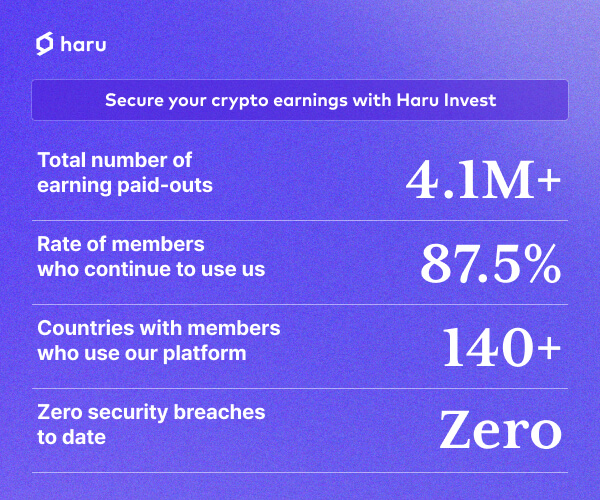Web3 — sense and nonsense


Like any narrative, Web3 narratives serve specific stakeholders and are inspired by them to contribute to their interests.
On the one hand, it’s a euphemism for a term that K Street doesn’t like (“crypto”), which venture capitalists are quick to promote. On the other side, it’s a half-hearted attempt by LinkedIn/Twitter’s hoi polloi to connect themselves with what they see as the next big thing. On the third side, this is an aggressive effort by some entrenched cryptocurrency players to piggyback on venture capitalist marketing and try to justify themselves. And from a fourth aspect, this is a preemptive effort by the entrenched tech giants to manage market expectations and establish themselves as the inevitable winners of this ostensibly evolutionary trend. Campaign.
Pull back the curtain and demystify what’s going on behind the scenes.
The Original (Static) Web: Information Access, Search, and E-Commerce
“At the time, it was frustrating that each computer had different information and you had to log on to another computer to get it. So it was really hard to know how things worked, and it was often easier to ask people while they were drinking coffee.”
Sir Tim Berners-Lee invented a radically new way to share information using hypertext. Also in his spare time he devises HTML, HTTP, and the ideas behind his URIs/URLs, launching the first web browser (“WorldWideWeb.app”) and the first web server (“httpd”). ) was coded.
Not surprisingly, the prolific inventor Vannevar Bush long ago envisioned a research library with annotations similar to today’s hyperlinks. It’s no coincidence that link analysis eventually became the foundation of search algorithms. Search leads to fulfillment, or buying and selling on the web, and with the advent of his SSL 1.0 to secure online transactions, the deal is closed, so to speak.
We have become online ‘consumers’. Then modern Silicon Valley took over and did what it does best: capture value.
The Second (Dynamic) Web: User Generated Content, Social Media, Surveillance Capitalism
Web 2.0 tags have emerged as a catch-all phrase referring to a model that allows consumers to interact and collaborate with each other through “social media,” bootstrapped virally by “user-generated content.” This was in contrast to the first wave of the web, when users were limited to passively “consuming” whatever content was rendered from the website over the HTTP pipe.
Berners-Lee didn’t like the catchphrase – he allegedly described it as a jargon. With the advent of things like Facebook and YouTube, we’ve been fascinated by the new “social” web (VC terminology) or the “literate” web (tech industry terminology), and now it’s all content creators. Life was good until we realized that no one was paying for it, and that we were all “products” now.
Prophets who predicted that control would return to creators of users and consumers continue to face the reality of a dystopian system of surveillance capitalism. “Unilaterally claiming personal human experience as free raw material for translating behavioral data,” cites Professor Shoshana Zubov.
Yes it’s free, but how much does it cost? Loss of privacy, corporate and state surveillance, undermining and sowing, growing distrust at local, national and supranational levels, sowing divisions between left, right and centre. However, remember that advertising is personalized and behavioral manipulation is subliminal giving the devil its due.
The legacy of Web 2.0 is its identity as a prodigious profit-making machine that upended commercial and business models, and its controversial early 21st The role of the century in the American zeitgeist.
Sovereignty: What is the Web and what is Blockchain
“We have proposed a system of electronic commerce that does not rely on trust.” That was the succinct conclusion of Satoshi Nakamoto’s seminal paper.
A system for electronic trading that does not rely on trusted third parties.
That’s it. There is nothing about the Web, Web 2.0, or the presumed Web 3.0 there. If you want to build a system for electronic trading without relying on a trusted third party, use blockchain. Otherwise, take it easy.
In fact, blockchain is an economic platform that allows the development of systems for processing electronic transactions without relying on trusted third parties. Why Economic Platform? This is because, unlike all traditional computing platforms, blockchain platforms have inherent economic incentives to ensure infrastructure integrity.
Not relying on a trusted third party now has side effects. In particular, sovereignty, i.e. control over related (private) data and other assets, the ability to choose where and where such assets are stored, and the ability to provide access. To (or not) data related to those who need it, regardless of the time period you choose.
Sovereignty is an interesting thing. It is important and will be essential in the years to come. You know this and I don’t need to say more here.
The community never had to use the term Web3 until the VC type came along. To complete a full circle, Berners-Lee recently called “Web3 is not really the Web at all” and made his own proposal called “Web 3.0” to reshape the Internet and add to the word salad. I was. Perhaps it’s time to drop this baggage and simply call it blockchain. More or less.
Guest post by John deVadoss of ngd enterprise inc
ngd enterprise builds blockchain developer tools for commercial and consumer scenarios with a focus on enabling mainstream adoption.
More information→




